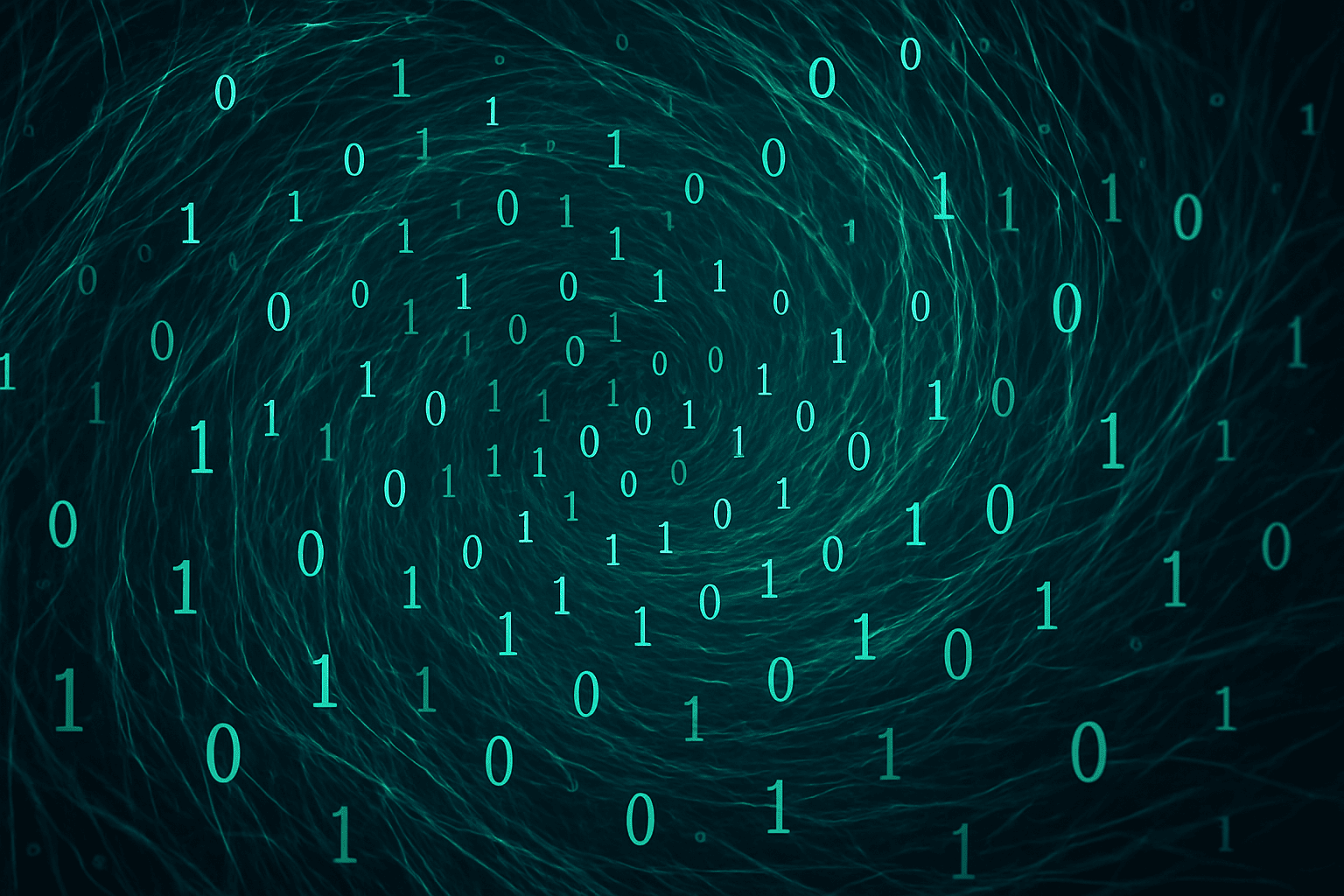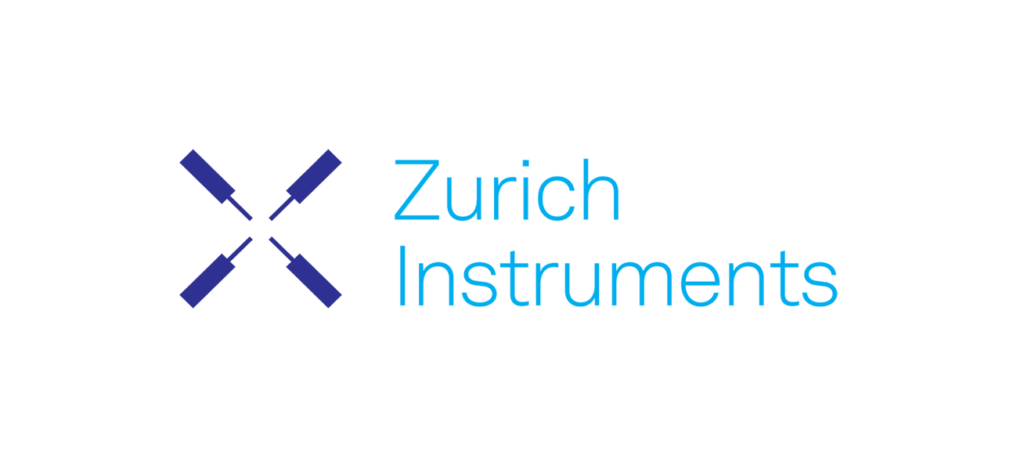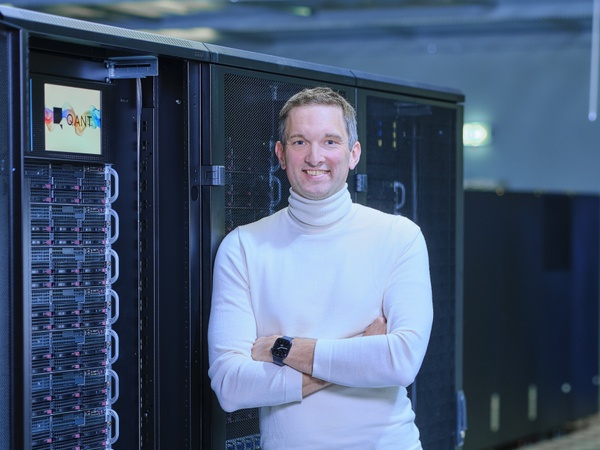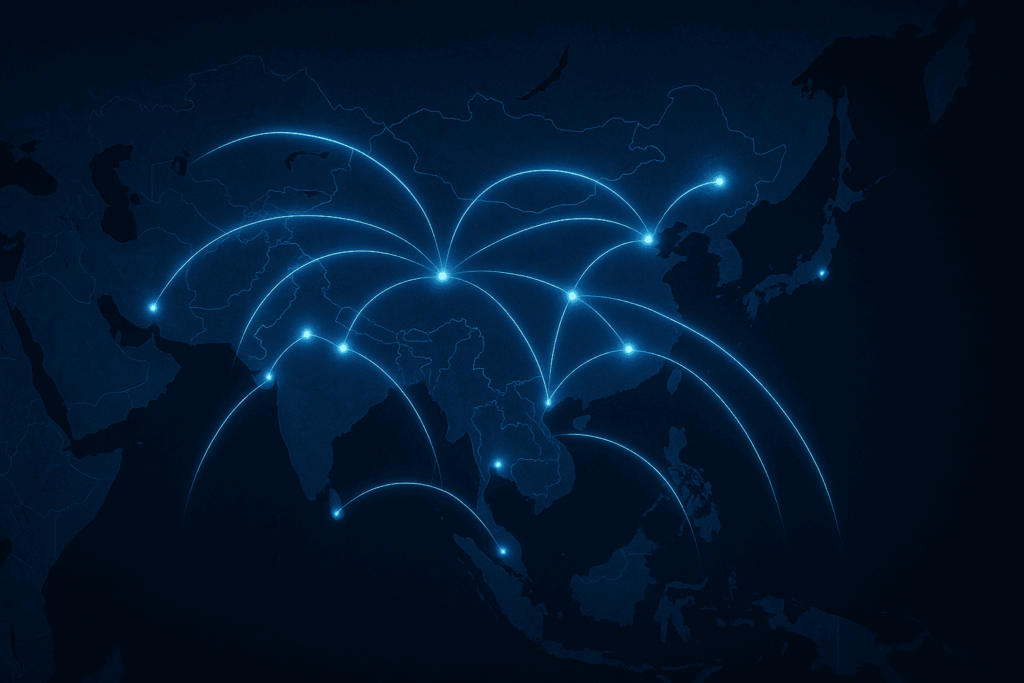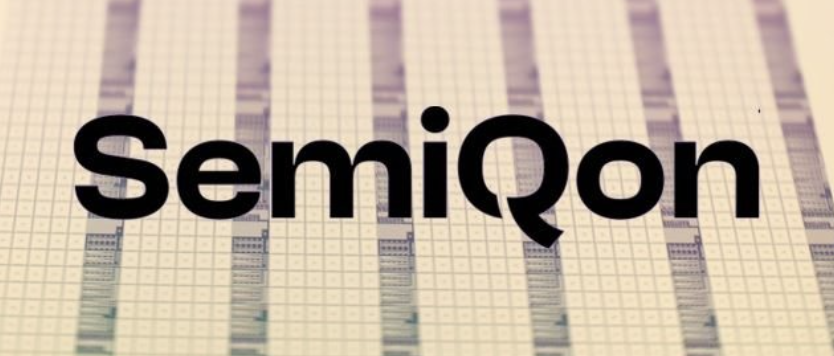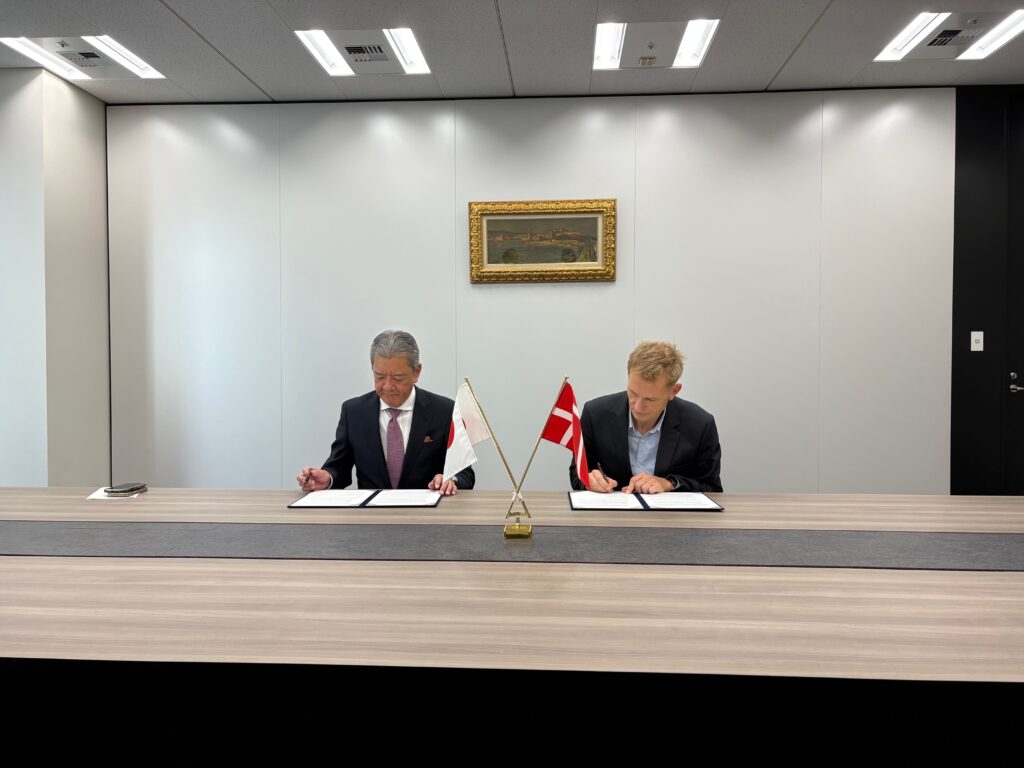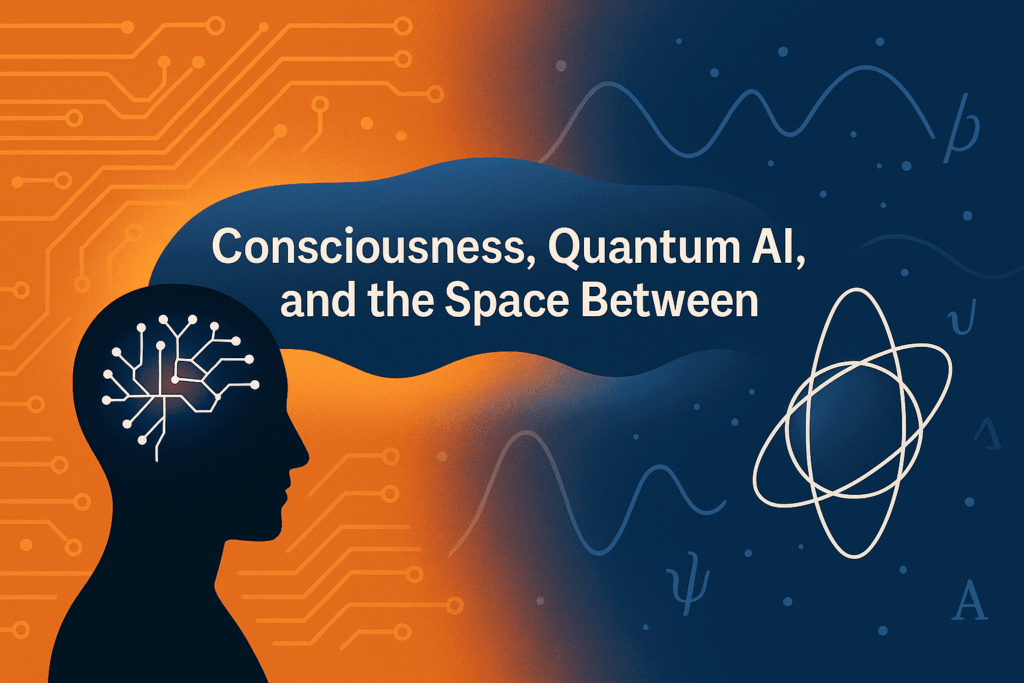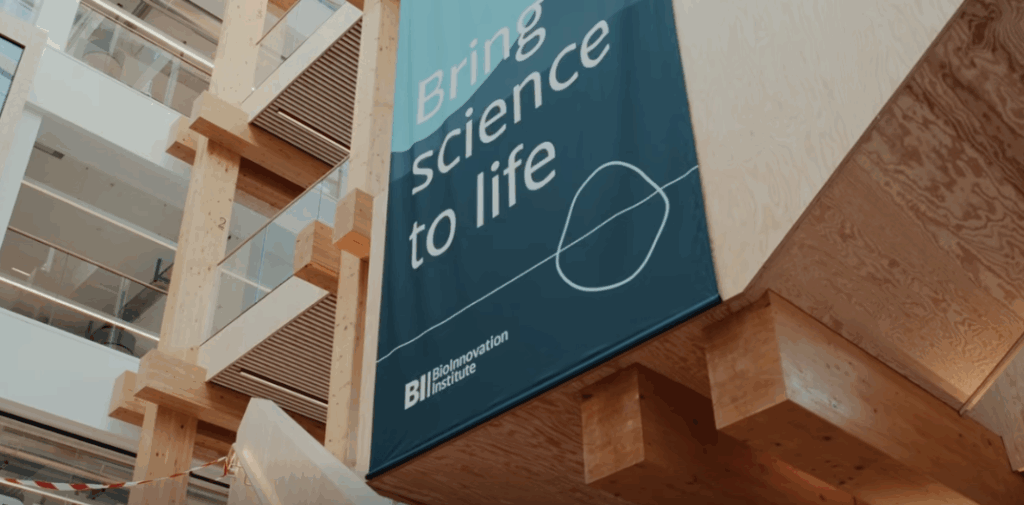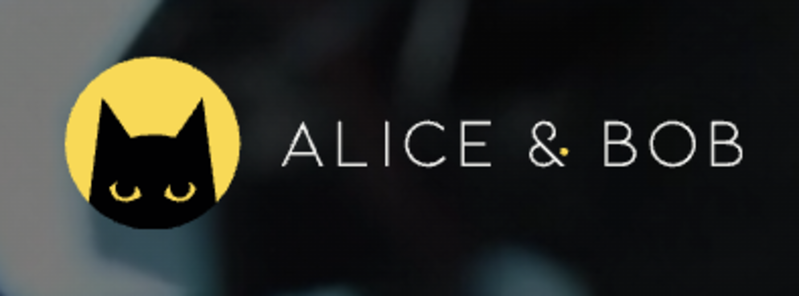Insider Brief
- Researchers at NIST and collaborating institutions have proposed a new method to make quantum sensors more resilient to environmental noise while maintaining enhanced sensitivity.
- The approach uses partial quantum error correction on entangled qubits, allowing sensors to tolerate some noise-related errors while still outperforming unentangled systems.
- Published in Physical Review Letters, the findings provide a theoretical framework that could enable future high-precision sensors for applications in healthcare, navigation, and mineral exploration.
PRESS RELEASE — Noise is annoying, whether you’re trying to sleep or exploit the laws of quantum physics. Although noise from environmental disturbances will always be with us, a team including scientists at the National Institute of Standards and Technology (NIST) may have found a new way of dealing with it at the microscopic scales where quantum physics reigns. Addressing this noise could make possible the best sensors ever made, with applications ranging from health care to mineral exploration.
By taking advantage of quantum phenomena known as superposition and entanglement, researchers can measure subtle changes in the environment useful for everything from geology to GPS. But to do this, they must be able to see through the noise caused by environmental sources such as stray magnetic fields to detect, for example, an important signal from the brain.
New findings, detailed today in Physical Review Letters, would enable interlinked groups of quantum objects such as atoms to better sense the environment in the presence of noise. A horde of unlinked quantum objects can already outperform a conventional sensor. Linking them through the process of quantum entanglement can make them perform better still. However, entangling the group can make it vulnerable to environmental noise that causes errors, making the group lose its additional sensing advantage.

The team’s theoretical solution specifies how to design in advance a group of quantum objects called qubits — also known as the units of data in quantum computers — before they are used for the task of sensing. Rather than preparing the group in a way that will correct all the errors the interlinked qubits experience, the team has found that if it corrects only some of the errors, the sensor becomes more robust in the face of noise. The group of entangled qubits loses a bit of sensitivity in the process, but the trade is worthwhile, because the sensor still outperforms unentangled qubits.
“Usually in quantum error correction, you want to correct the error perfectly,” said Cheng-Ju (Jacob) Lin, one of the paper’s authors and a former Institute for Robust Quantum Simulation (RQS) postdoctoral fellow at the Joint Center for Quantum Information and Computer Science (QuICS), a joint institute of NIST and the University of Maryland. “But because we are using it for sensing, we only need to correct it approximately rather than exactly. As long as you prepare your entangled sensor the way we discovered, it will protect your sensor.”
Qubits can exist in multiple energy states, such as high and low, but they also can exist in a “superposition” of those states, acting as if they are simultaneously in all these states. This superposition is not only the property a quantum computer would harness to solve problems conventional computers find intractable, but it also makes the qubit highly sensitive to minute changes in its environment, such as the presence of a faint magnetic field, which would measurably affect the qubit’s energy state. Quantum-enhanced measurement techniques like this allow for higher precision than conventional sensing methods, making them useful in applications such as navigation.
But qubits can get even more sensitive with the use of an additional quantum property called entanglement, a phenomenon where multiple objects have interlinked quantum states. When a group of qubits is entangled, each qubit senses the signal not only directly but also through its links with other qubits, thereby amplifying the signal — making the group even better than unentangled qubits at sensing slight changes.
Increasing the number of entangled qubits dramatically improves the group’s capabilities as well. For example, compared to a single qubit in superposition, 100 unentangled qubits would be 10 times more sensitive, but 100 entangled qubits would be 100 times as sensitive.
The trouble is that entangling qubits generally requires complete isolation from environmental changes such as mechanical vibrations or temperature shifts. Such disturbances create what quantum technology designers call noise — a perennial problem for quantum computers and quantum sensing alike.
The team’s approach designs the group of entangled qubits so they can tolerate some noise-related errors. Building on observations seen in others’ experiments, the team applies techniques for correcting corrupted data in quantum computers — known as quantum error correction codes — to make the group robust in the face of noise.
“In analyzing these error correction codes, we found that there is a family of codes that protects entangled sensors,” Lin said. “One type of error correction code enables entangled qubits to detect magnetic fields with higher precision than unentangled qubits, even if some of the entangled qubits become corrupted with errors.”
While other teams’ experiments suggested the result, Lin said that his group’s paper places the findings on a more mathematically rigorous footing.
“It may take time for technologists to create sensors that take advantage of the findings,” he said. “However, the community’s understanding of quantum mechanics is good enough that we think the results will hold up under experiment, which we invite others to test in the lab.”

